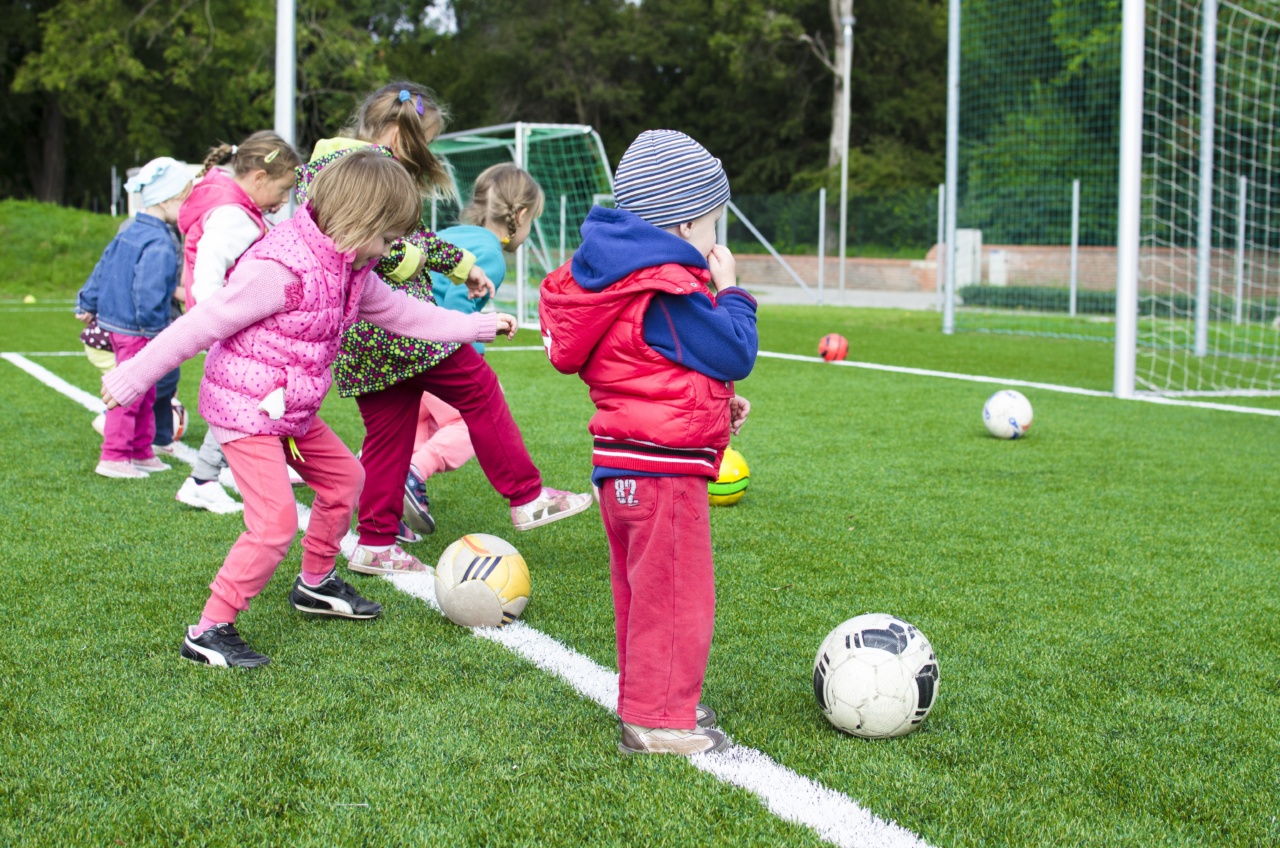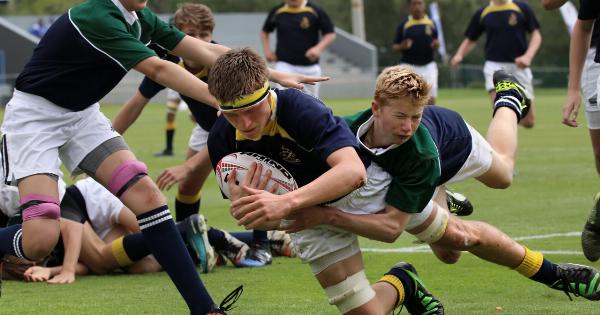Sports injuries are a common occurrence among children and can have long-lasting effects on their physical and emotional well-being. It is important to understand the factors that contribute to these injuries and identify who is most susceptible.
By doing so, we can take preventive measures and ensure the safety of our young athletes.
Understanding sports injuries in children
Children are actively involved in various sports activities, both organized and recreational.
While sports offer numerous benefits, such as improving physical fitness, promoting teamwork, and building confidence, they also come with the risk of injuries. Sports injuries can range from minor sprains and bruises to more severe fractures and concussions. It is crucial to understand the common types of injuries and how they occur in order to prevent them.
Common types of sports injuries in children
1. Sprains and strains: Sprains occur when ligaments are stretched or torn, commonly affecting areas such as the ankles and knees. Strains, on the other hand, involve the stretching or tearing of muscles or tendons.
2. Fractures: Fractures refer to broken bones. Children’s bones are still developing, making them more susceptible to fractures compared to adults. Fractures can occur due to falls, collisions, or repetitive stress on the bones.
3. Concussions: Concussions are a type of traumatic brain injury that can result from blows or jolts to the head. They can occur in various sports, especially contact sports such as football and hockey.
Concussions require immediate medical attention as they can have significant short-term and long-term effects on a child’s brain function.
4. Overuse injuries: Overuse injuries are common in children who participate in repetitive activities without adequate rest periods. These include conditions like tendonitis, stress fractures, and muscle strains.
Overuse injuries can be prevented by enforcing proper training techniques and allowing sufficient recovery time.
Factors contributing to sports injuries in children
Several factors contribute to the susceptibility of children to sports injuries:.
1. Age and developmental stage
Younger children are more susceptible to injuries due to their developing coordination, balance, and muscle strength. Additionally, growth spurts during adolescence can lead to temporary imbalances and make children more prone to injuries.
2. Lack of proper warm-up and stretching
Skipping warm-up exercises and not performing proper stretching routines before sports activities can increase the risk of injuries. Warm-ups and stretches prepare the muscles, tendons, and ligaments for the demands of physical activity.
3. Inadequate safety equipment
Not using appropriate safety gear, such as helmets, knee pads, and mouthguards, significantly increases the risk of injury. Protective equipment should be specifically designed for the sport and fit properly to provide adequate protection.
4. Poor technique and training practices
Inadequate training techniques, improper form, and lack of proper coaching can contribute to sports injuries in children.
Teaching children the correct techniques and ensuring proper supervision during training sessions are essential to reduce the risk of injuries.
5. Increased intensity and specialization
Intense training regimes and early sport specialization can put excessive stress on children’s developing bodies.
Overtraining and focusing on a single sport without participating in other activities can lead to burnout and increase the risk of overuse injuries.
Preventive measures for sports injuries in children
Prevention plays a crucial role in reducing sports injuries among children:.
1. Encourage cross-training
Children should participate in a variety of sports and physical activities to promote overall fitness and reduce the risk of overuse injuries. Cross-training helps strengthen different muscle groups and prevents stress on specific body parts.
2. Ensure proper rest and recovery
Children need adequate rest periods between training sessions and competitions to allow their bodies to recover and prevent overuse injuries. Encouraging rest days and scheduling regular breaks from intense training is essential.
3. Implement injury prevention programs
Sports organizations and schools should develop and implement injury prevention programs that focus on proper warm-ups, stretching routines, and technique training.
These programs educate children, coaches, and parents about injury prevention strategies.
4. Provide proper supervision and coaching
Qualified coaches should oversee children’s sports activities to ensure they are using proper techniques and following safety guidelines. Supervision helps identify and correct any risky behaviors that could lead to injuries.
5. Emphasize the importance of safety equipment
Parents, coaches, and organizations should prioritize the use of appropriate safety equipment. This includes ensuring that the equipment fits properly and is well-maintained to provide maximum protection during sports activities.
Conclusion
Sports injuries can have a significant impact on children’s physical health and overall well-being.
By understanding the common types of injuries, the factors contributing to their susceptibility, and implementing preventive measures, we can ensure the safety of our young athletes. It is crucial to prioritize proper training techniques, sufficient rest, and the use of safety equipment to create a safe and enjoyable sports environment for children.































